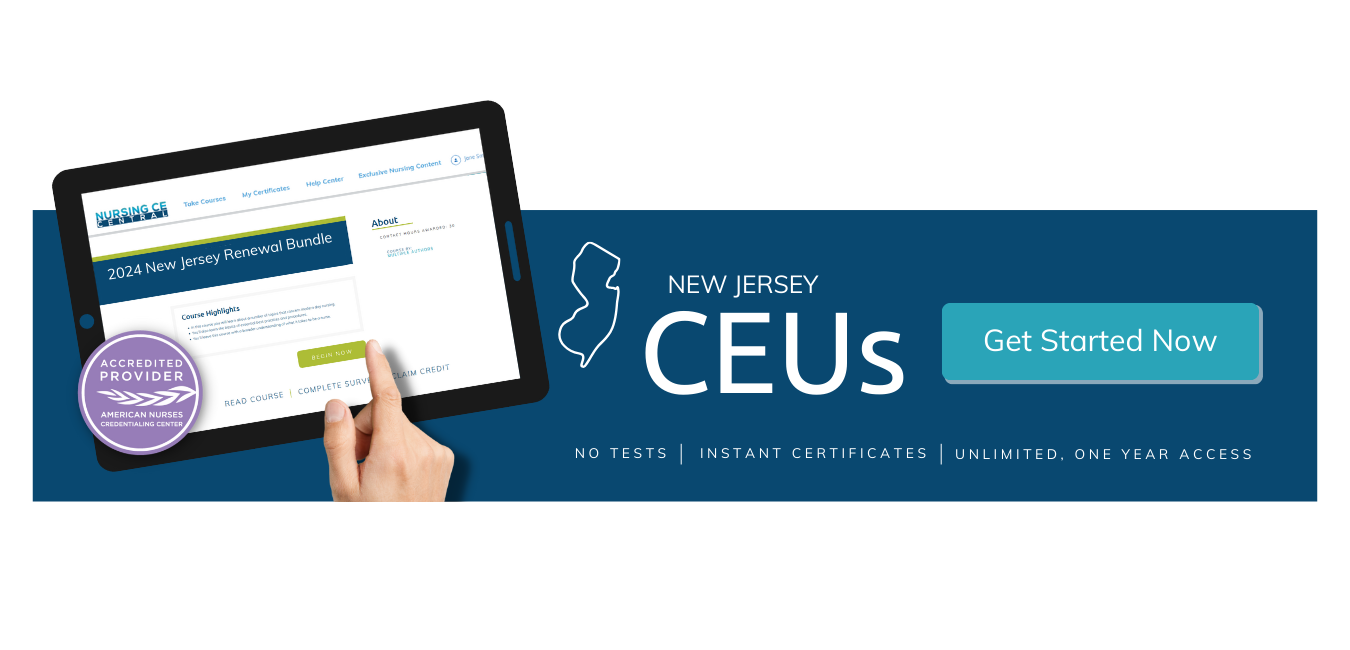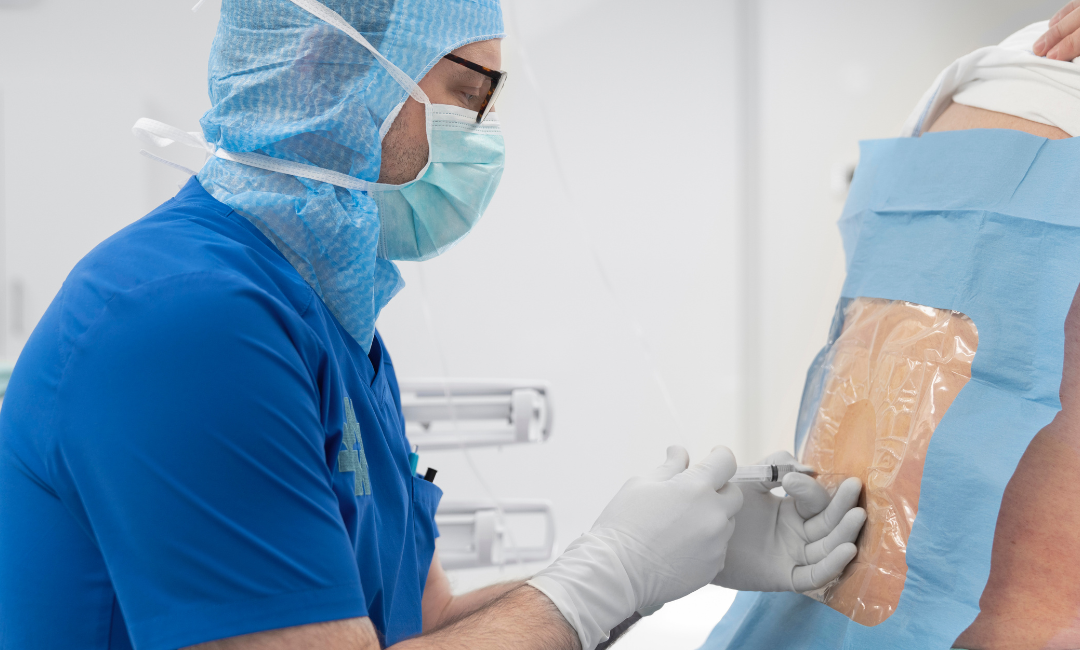Symptoms of an Angina Attack
During an angina attack, the patient shows up with chest discomfort, commonly described as chest pain or heaviness, with a feeling of tightness or pressure. The patient may feel it as a squeezing sensation accompanied by indigestion.
Angina pain often occurs in the substernal region or across the anterior upper chest. The discomfort may radiate to the upper abdomen, tongue, neck, jaw, and either elbow, wrist, hand, or arm. Anginal pain is often short, usually lasting between three to five minutes. Sometimes it can last up to 30 minutes or longer.
Angina pain may occur due to exposure to frigid temperatures or sometimes after a heavy meal. The discomfort may be subsidized upon the termination of the precipitation factor. With anginal pain, the patient gets anxious, pale, lightheaded, with increased sweating, tachycardia, loss of breath, and nausea. On auscultation, you may observe atrial or ventricular gallops.
Diagnostic Tests
Angina itself is a symptom of an underlying heart disease. Therefore, diagnostic tests are not done for it. But if anginal pain occurs, the diagnostic tests help know about myocardial infarction and if any tissue damage has occurred during the episode.
ECG, or electrocardiogram, assesses the electrical conductivity of the heart that is often disturbed by a myocardial infarction. Usually, the PQRST pattern is delicate, but in abnormal conditions, ST segment depression, T wave inversion, or transient ST elevation may occur. If you notice any ECG changes, promptly discuss the case with the physician and follow their orders.
CK-MB, or creatine kinase isoenzyme, is a cardiac biomarker that helps determine myocardial ischemia, which causes its levels to elevate. Normally, the levels of CK-MB are 0 to 5% of total CK or 5 to 25 IU/L.
Troponin I helps differentiate between angina and myocardial infarction. The typical result is less than 3.1 mg/L and elevated in MI. Troponin T, a protein found in heart muscle cells, helps measure the troponin levels in your blood. When elevated, it indicates damage to the heart muscle. The expected results of troponin I are less than 0.2 mg/L.
If these tests show some abnormality, other essential tests are done, such as:
- Stress testing – if clinical findings suggest unstable angina. However, early stress testing is contraindicated. It can be done as an exercise stress test with ECG or stress testing with myocardial imaging.
- Angiography, such as coronary angiography and intravascular ultrasonography, provides images of the coronary arteries and guidewires with pressure or flow sensors that help estimate blood flow across the stenosis.
- Various imaging tests at rest, including electron beam CT, multidetector row CT (MDRCT), coronary angiography, and cardiac MRI, can help evaluate the coronary arteries.
Pharmacological Treatment
Drugs are given in angina to provide relief from acute pain, prevent or lower ischemia, prevent future ischemic attacks, and decrease the heart preload and afterload.
Nitrates, such as nitroglycerin, are used in the dose of 0.3 to 0.6 mg sublingually as required for stable angina. However, the dose for unstable angina may vary when given intravenously. Nitrates relieve the symptoms of ischemia by dilating the coronary arteries and reducing left ventricular preload and afterload.
Aspirin is also given to inhibit platelet aggregation to reduce the risk of coronary artery blockage in the dose 75 to 325 mg orally as immediate relief tablets.
Beta-blockers may also be used, such as propranolol, metoprolol, atenolol, and others, as they help reduce myocardial oxygen demands by decreasing heart rate, contractility, and blood pressure.
Various other drugs are also used to relieve and manage angina, such as intravenous nitroglycerin, narcotics, calcium channel blockers, long-acting nitrates, vasodilators, diuretics, antihypertensives, anticoagulants, and antihyperlipidemics.
The goal in patients with angina is to decrease the heart’s oxygen demand. Therefore, encourage the patient to take plenty of bed rest until the pain subsides. Bedrest may be prescribed for a short time, but keeping heel pads, a mattress, or a foot cradle can help reduce the incidence of skin breakdown and increase patient comfort. They should wear compression stockings to maintain efficient blood circulation.
Throughout the hospital stay, ask the patient to rest well. With the occurrence of heart disease, anxiety is common among patients and their caregivers. Have an in-depth discussion with them about the lifestyle and dietary changes that the patient might require. Let them discuss their concerns with you and clear up any confusion. Be open to their questions and answer patiently. If the patient smokes, ask them to quit smoking. Refer them to rehabilitation for smoking cessation.
Also, the patient should be referred to the cardiac rehabilitation clinic, which helps reduce risk factors for heart disease and provides guidance, encouragement, and social support. Compel the patient to adhere to the prescribed therapy and treatment plan. Tell them little changes can add days, months, and even years to their life. Otherwise, angina can lead to myocardial infarction and serious consequences.









